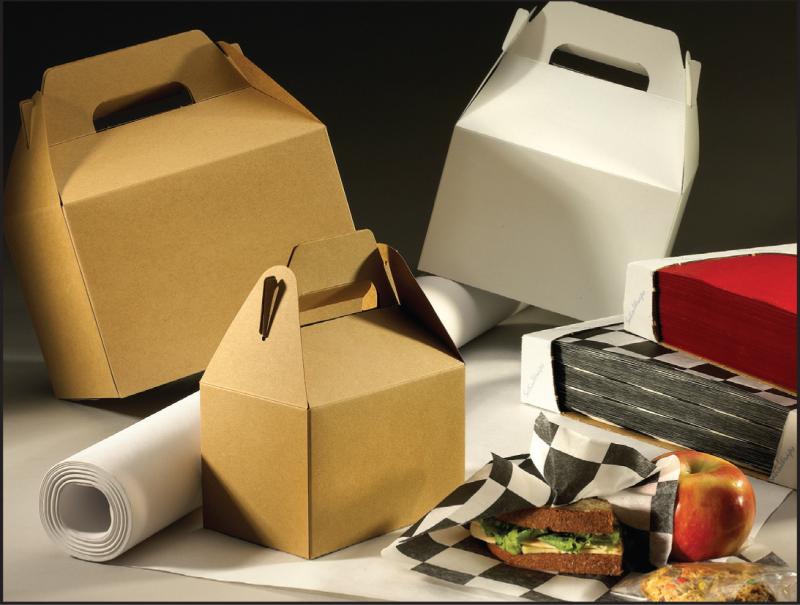Memory packaging plays a crucial role in the field of semiconductor technology, enabling the encapsulation and protection of memory chips that store vast amounts of data in electronic devices. It is a complex and evolving process that involves advanced engineering and materials to ensure the performance, reliability, and longevity of memory devices. Let's take a closer look at the science behind memory packaging and the technological advancements that have shaped this field.
Encapsulation and Protection: Memory packaging involves encapsulating memory chips in protective materials, shielding them from external elements such as moisture, dust, and physical damage. This protective layer is vital to ensure the longevity and reliability of the memory device.
Miniaturization and High-Density Packaging: Advancements in memory packaging have led to the miniaturization of memory chips and the ability to pack more memory cells into smaller spaces. This high-density packaging is crucial for modern electronic devices that demand compact and powerful memory solutions.
The global Memory Packaging Market size was valued at US$ 26.95 billion in 2022 and is anticipated to witness a compound annual growth rate (CAGR) of 7.31% from 2023 to 2030.
Thermal Management: Memory chips generate heat during operation, and excessive heat can affect performance and reliability. Advanced memory packaging techniques incorporate heat dissipation features to manage temperature and prevent thermal issues.
Electrical Connectivity: Memory packaging ensures proper electrical connectivity between the memory chip and the rest of the electronic device. It involves creating conductive pathways that allow data to flow efficiently and reliably.
Through-Silicon Vias (TSVs): TSVs are vertical interconnects that pass through the silicon substrate, enabling communication between different layers of a memory chip. TSVs play a significant role in 3D memory stacking, enhancing data transfer speeds and reducing the footprint of memory devices.
System-in-Package (SiP) Technology: SiP technology integrates multiple components, including memory, into a single package. This integration enhances performance, reduces power consumption, and improves overall system efficiency.
Advanced Materials: Memory packaging relies on advanced materials that offer high thermal conductivity, low electrical resistance, and excellent mechanical properties. These materials enable optimal performance and reliability under demanding conditions.
Flip-Chip Packaging: In flip-chip packaging, the active side of the memory chip is directly connected to the substrate, improving electrical performance and signal integrity.
Wafer-Level Packaging (WLP): WLP allows multiple memory chips to be packaged simultaneously on a single wafer, streamlining the manufacturing process and reducing costs.
Reliability Testing: To ensure the quality and reliability of memory packaging, extensive testing is performed, including environmental stress tests, thermal cycling, and mechanical vibration tests.
The science behind Memory Packaging is a multifaceted discipline that continues to evolve with technology advancements. From miniaturization and high-density packaging to advanced materials and testing procedures, memory packaging plays a pivotal role in shaping the performance and reliability of modern memory devices. As electronic devices become more powerful and compact, memory packaging will continue to push the boundaries of innovation, enabling the development of cutting-edge technologies and enhancing our digital experiences.
